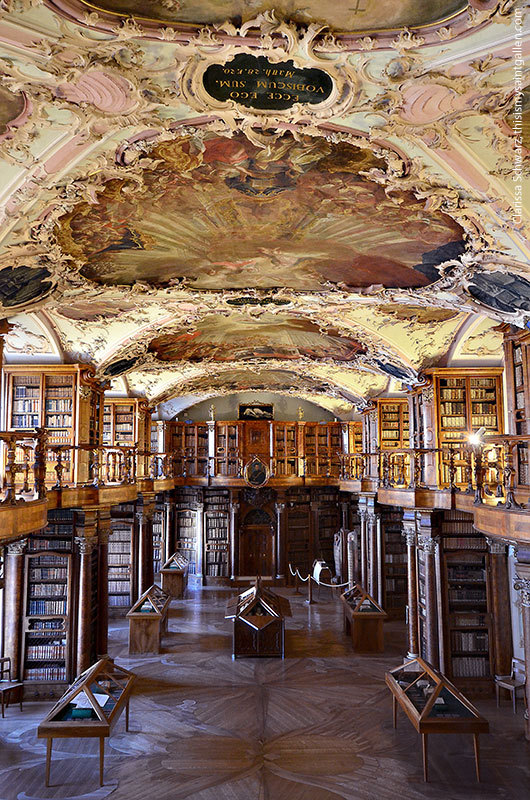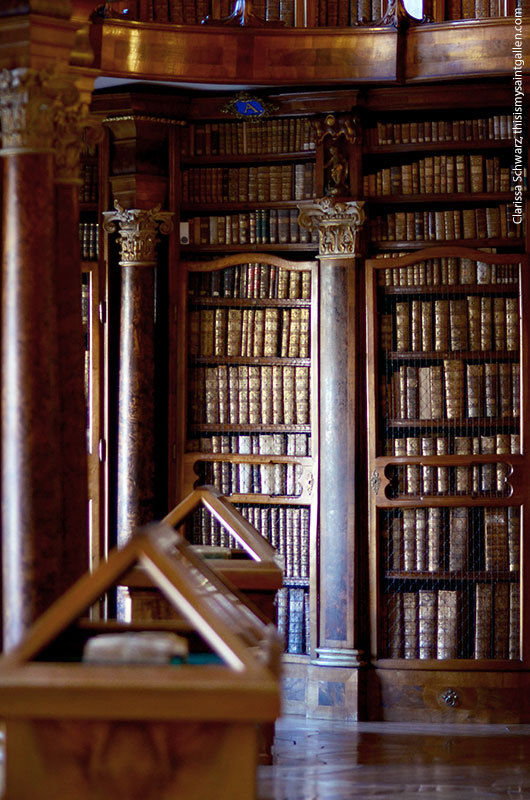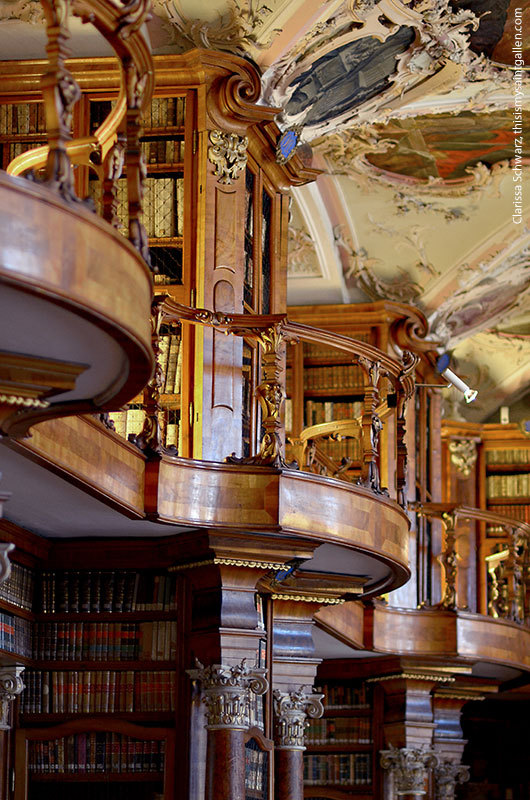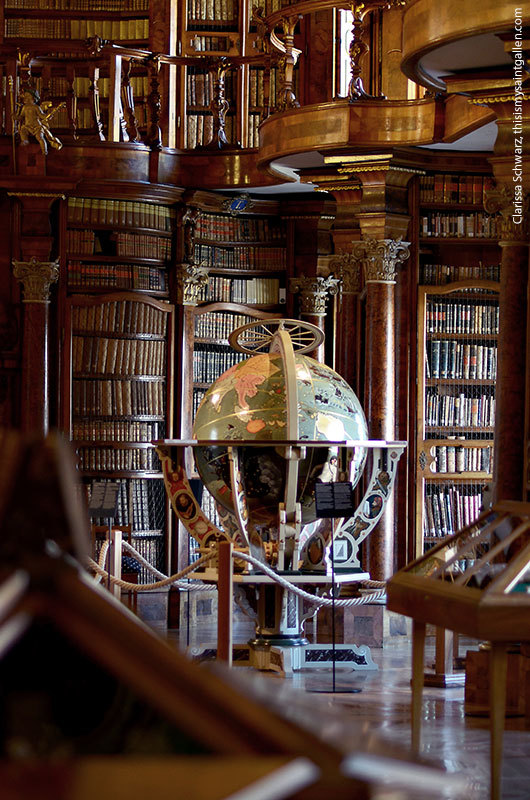The Large Magellanic Cloud
The Large Magellanic Cloud

The Large Magellanic Cloud (LMC) is nearly 200,000 light years from earth. The picture above shows how it consists of vast clouds of dust and gas most likely from old stars going supernova. It is a stellar nursery for stars, similar to a nebula.
Close to this is the Small Magellanic Cloud (SMC) and it is largely believed that their irregular shape is due to a collision that occurred between them thousands of years ago.
A prominent feature of the LMC is the Tarantula nebula (which the James Webb telescope recently took a high res photo of).

Sadly, those in the Northern Hemisphere never get the chance to see the LMC - it is only visible in the Southern Hemisphere!
More Posts from Serenablakeoffice and Others










Huế, Vietnam. Credit to Dong Ho Vy.

Leaving London for a week–– I always miss the city, looking forward to being back already (and who can blame me, just look at this light in the library)




I am once again asking for recommendations of Greek myth inspired books 📖 So far I loved reading the Maidens and The Song of Achilles, but my favourite has to be Pandora by Susan Stokes! (Absolutely hated The Silence of Girls by Pat Baker, don’t understand why it exists.)

Kowloon: The Walled City

Louis Armstrong and his wife at Egypt, 1960






Switzerland’s oldest library, Abbey Library St.Gallen (x)






l lulumoonowlbooks (x)


Cathedral of Lausanne, Switzerland. Personal photos.




The Dumbbell Nebula M27
Another planetary nebula, the Dumbbell nebula lies around 1,300 light years from Earth in the constellation of Vulpecula. It's estimated from it's expansion to have been from the collapse of the white dwarf (centre) around 10,000 years ago.
The average planetary nebula is thought to be visible for around 20,000 years, which is a blink of an eye in terms of the life length of even the shortest lived stars.
-
 mikeahlstrom liked this · 1 year ago
mikeahlstrom liked this · 1 year ago -
 oneleggedostrich liked this · 1 year ago
oneleggedostrich liked this · 1 year ago -
 serenablakeoffice reblogged this · 1 year ago
serenablakeoffice reblogged this · 1 year ago -
 leptoquark3 liked this · 2 years ago
leptoquark3 liked this · 2 years ago -
 raquelelelelele liked this · 2 years ago
raquelelelelele liked this · 2 years ago -
 astrophysicsblogs reblogged this · 2 years ago
astrophysicsblogs reblogged this · 2 years ago
